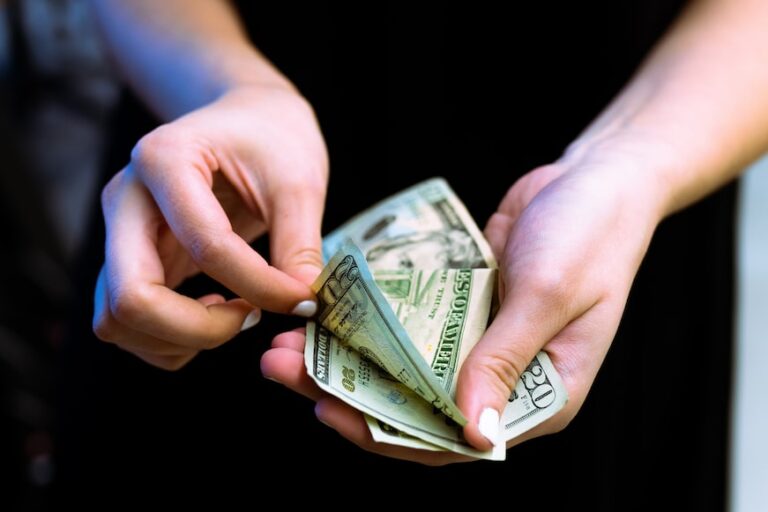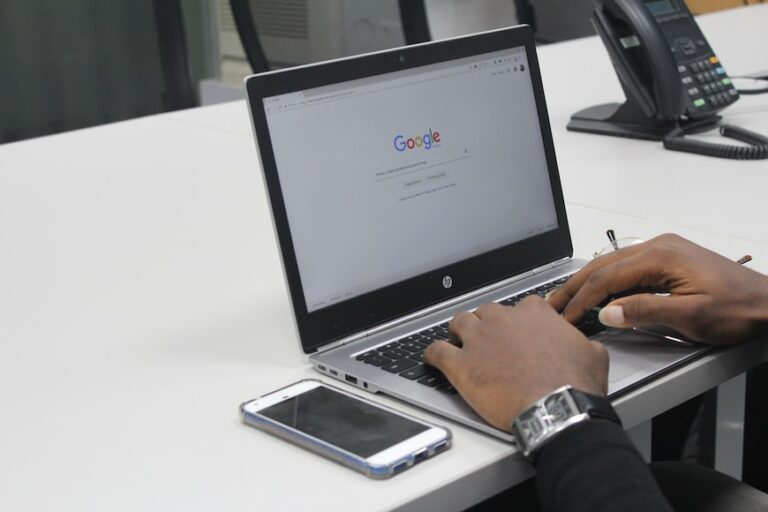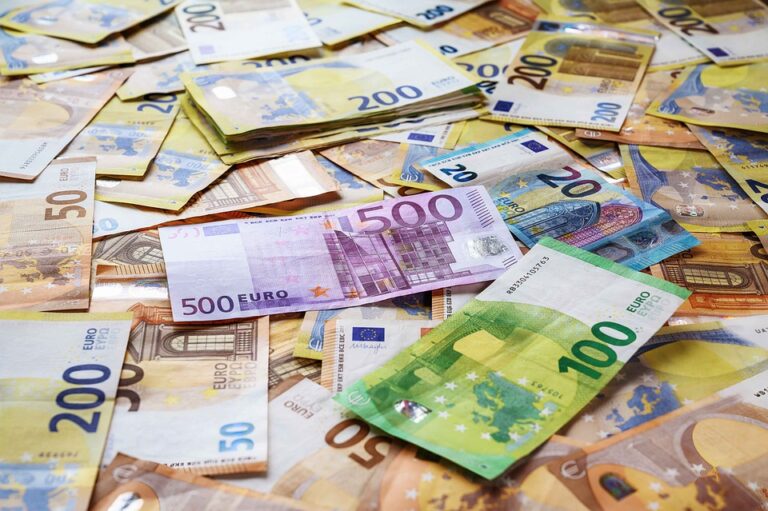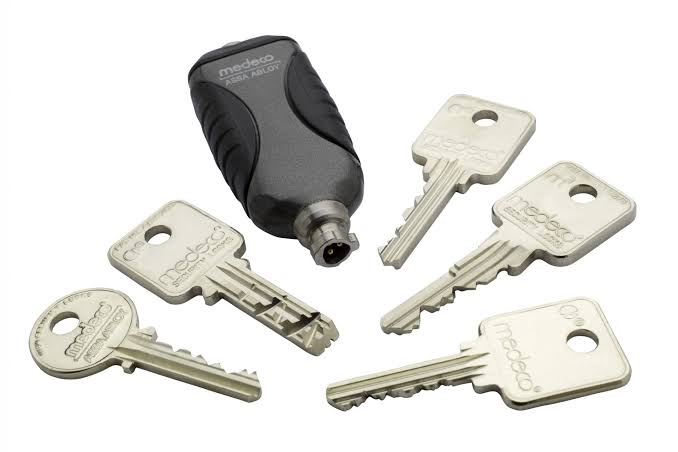Last updated Mar. 28, 2023 by Favour Chinaza
There is a good chance you have your emergency fund and have encountered situations or challenges that could be classified as an emergency at some point in your life. After that, however, it becomes an issue knowing the best and worst places to keep your emergency fund.
Unexpected events or emergencies are those occurrences that catch you off guard and frequently have financial consequences.
Something doesn’t take much to qualify as an emergency, such as a broken furnace or a health problem that completely disrupts your life.
We may not be prepared though we know we will always have financial emergencies at one point. The best way to prepare for the potential financial consequences of a crisis is to open and maintain an emergency savings account.
Where would you save your money for unexpected expenses, however? Although you can easily open a new account at your local bank or online, other options exist.
What is an Emergency Fund
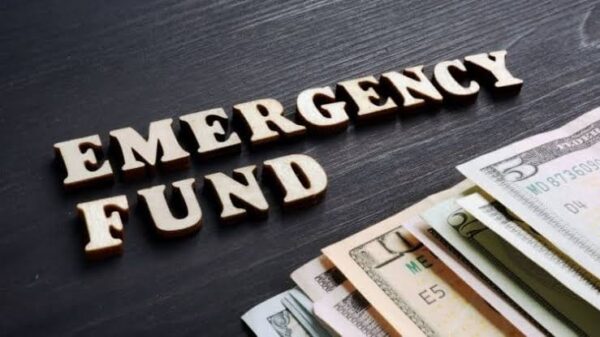
A financial emergency can be a job loss, medical bills, a car or home repair, a significant pay cut, or any other financial setback.
(This is not brand new sneakers, the latest smartphone when your current one is in excellent condition, or a weekend getaway)
If any of these unfortunate events occur, your emergency fund can provide a much-needed financial cushion and several months of support while you get your finances back on track.
What is the Goal of an Emergency Fund
An emergency fund is exactly what it sounds like money set aside to assist in the event of an emergency.
These emergencies typically involve unexpected medical expenses, a loss of income, or significant home and vehicle repairs.
The goal is to use your emergency fund instead of credit cards or personal loans, which typically have high-interest rates.
The key to having an emergency fund is having highly liquid assets. Therefore, your emergency fund should ideally be as close to cash as possible.
Emergency funds should not include stock options, retirement funds, or collections. You need to access your emergency funds as soon as possible, and cash is the best way to do so.
Good Read: 19 Bad Spending Habits to Avoid if You Want to Build wealth
Where Should I Keep My Emergency Fund?
Maintaining a separate emergency fund from your other bank accounts is recommended.
You want easy access to your emergency money in case you need it, but you don’t want it to be so handy that you’re tempted to use it needlessly.
With this account, you should adopt a “set it and forget it” attitude.
How Much Emergency Savings Should I Have?
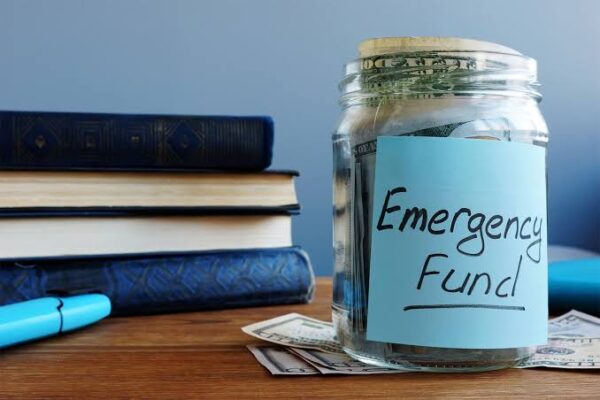
Personal finance is unique to each individual. Therefore, what is appropriate for one person may not be suitable for another.
It’s important to listen to financial experts and understand why they recommend a certain amount of savings, but ultimately, what matters is whether you’re comfortable with your emergency savings.
Depending on your goals, this could mean two years or two months of emergency savings. So set aside whatever you need to avoid worrying about paying for the unexpected, as long as it doesn’t jeopardize other financial goals.
If you don’t have as much coverage as you’d like, make a plan to get there, even if it means starting small with $10 to $100 per month.
Examine your budget and monthly income to see how much you require for living expenses and how much you can save and invest in other areas of your life, such as emergency savings.
You can start cultivating a budgeting mindset to help you begin curtailing your spending and saving for an emergency.
Best And Worst Places To Keep An Emergency Fund
The greatest places to store emergency money are listed below.
1. High-Yield Savings Account
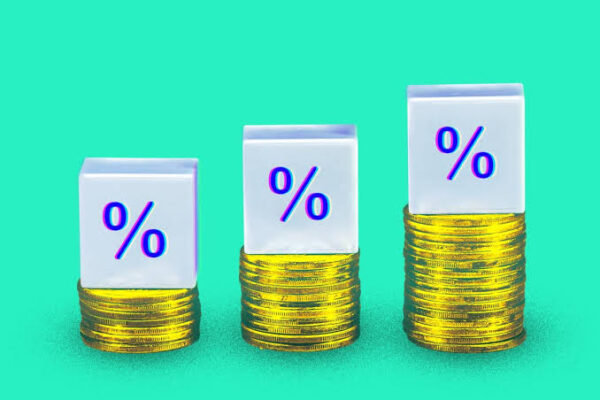
Opening a high-yield savings account makes a lot of sense to build an emergency fund. Almost all high-yield accounts are available through online banks, and there are lots of ways to build your savings account.
You cannot, however, withdraw money from a physical bank facility. Instead, you’ll need to use a different bank account to transfer money into and out of your high-yield savings account. As a result, obtaining money in an emergency may take longer.
However, a high-yield savings account allows you to earn a higher interest rate than a standard savings account while remaining relatively accessible.
The top high-yield accounts offer an annual yield (APY) of 2.00% or higher, depending on your account size and other factors.
Savings accounts with high yields are available from many online banks. When opening an online savings account, it’s critical to consider the rates and any fees, additional benefits, and withdrawal policies.
2. Money Market Account
There are many similarities between high-yield savings accounts and money market accounts. However, while they both have a higher APY than standard bank accounts, they differ in other ways.
Money market accounts, which sometimes include a debit card and check-writing capabilities, may be more convenient in a hurry.
Money market accounts frequently have higher minimum opening deposits, which can influence your decision on where to put your money.
Several banks offer tier-based interest rates based on account balances.
Most regional banks and online banks allow you to open a money market account. However, you might find better deals online.
Online banks may offer higher rates because they do not have the same overhead expenses as traditional banks.
Whatever option you choose, ensure you understand how to access your money, if necessary, quickly.
As with savings accounts, federal law limits the number of withdrawals or transfers you can make from a money market account to six per month.
Even if the Regulation D rule changed in 2020, your bank or credit union would almost certainly charge you if you exceed this limit.
However, if your money market account is only used in an emergency, this shouldn’t be a problem.
3. Certificate of Deposit
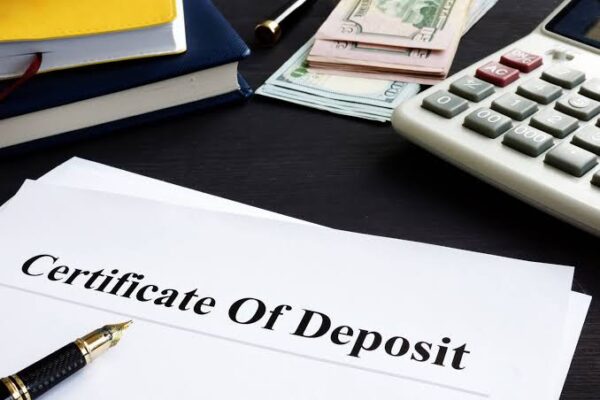
Certificates of deposit (CDs) are another option for your emergency fund, and you can learn how Certificates of Deposits work before stashing your emergency fund in them.
They differ from the other options on our list in that you must keep your funds in the account for a set period to receive a guaranteed rate of return.
A CD’s “term” can range from one month to five years or more. After it’s over, you can get your original investment back plus any interest.
CD interest rates are frequently higher than those of other bank accounts.
Although earning a higher APY is fantastic, putting your emergency savings in a CD comes with risk.
What if you have a crisis before your CD is finished? You can still make CD withdrawals during this time, but you will usually be charged an early withdrawal fee.
Some banks charge a flat fee, whereas others may charge a percentage of the CD interest.
When can a Certificate of Deposit be the worst place to keep an emergency fund?
Early withdrawal from a traditional CD incurs a penalty. So, if you put your emergency savings in a one-year CD and need the money in four months, you’ll lose interest and may even have to pay more.
No-penalty CDs are available, but some have access restrictions and frequently pay lower interest rates.
4. Prepaid Card
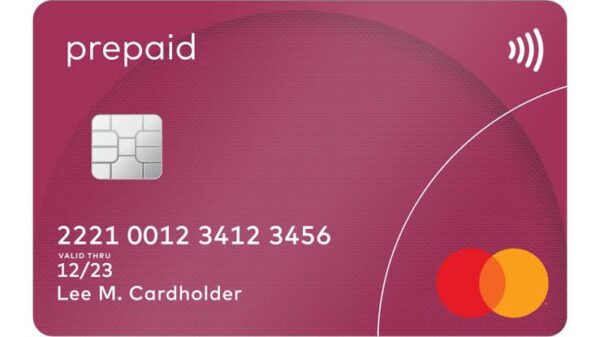
Using a prepaid card is an alternative to the other options on this list. You would load money onto the card regularly and be limited to spending the amount loaded onto it.
A prepaid card is similar to converting a wad of cash into a single piece of plastic. It will be much easier to manage than cash, but several potential drawbacks exist.
The main issue is that prepaid cards are rarely associated with financial intuitions. Therefore, it cannot be easy when trying to add more money.
You’ll also have to pay a fee to get the card, and you may be charged every time you add money. A prepaid card has no interest rate, so your money will not grow and can be lost, damaged, or stolen.
In case of an emergency, it’s a good idea to keep some money on a prepaid card but not all of your money.
There are too many potential drawbacks to using a prepaid card, so keep it to $100 or less.
Worst Places To Keep An Emergency Fund
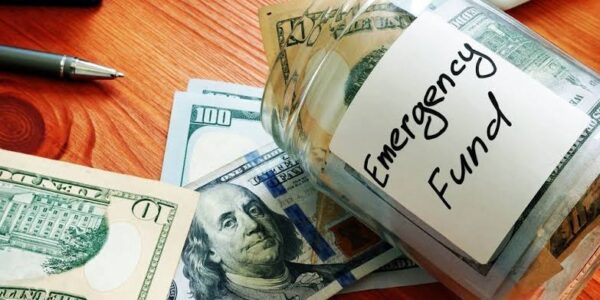
1. Under the Mattress
If you’re the type of person who keeps their money in a briefcase under their bed, as cool as that sounds, don’t do it with your emergency fund.
Keeping a large amount of cash at home puts your entire emergency fund at risk of being stolen or lost.
The disadvantage is that you will not earn any interest on your savings, and exposing that bundle to inflation may erode its value over time, so much for retiring early.
2. The Stock Market
Without a doubt, wise investing is the key to wealth. Your emergency fund, on the other hand, is not intended to build wealth.
Rather, it is intended to protect you during times of uncertainty and to provide you with a readily accessible financial cushion in the event of an emergency.
In fact, one of the most important functions of an emergency fund is to safeguard your investments.
In other words, having a large stash of cash on hand to protect you in an emergency means you’ll never have to dip into your other investments to make ends meet.
So, while investing in the stock market is a good financial habit to develop, it is not a good place to keep your emergency fund.
For starters, any money you keep in the stock market is not liquid. In other words, you’d have to sell your investments to get your money, which could take a long time. That’s not good.
Second, it carries the risk of losing money, which defeats the purpose of creating an emergency fund in the first place.
3. Checking Account
One ideal location to put your emergency cash is in a savings account that offers a high rate of return. However, the same can’t be said of checking accounts.
With a high-yield savings account, you will not only have access to your money when having this kind of bank account, but you will also get interested in the money you put in.
On the other hand, checking accounts are designed to make your money extremely accessible, too accessible. But, to be clear, we cannot recommend checking accounts highly enough to manage your financial life, spend money, and budget.
When it comes to an emergency fund, being too accessible is a recipe for disaster. Simply put, checking accounts are intended for spending rather than saving.
Furthermore, most checking accounts pay no interest, excluding them from our list of the best places to keep your emergency fund.
Finally, of all the places to keep an emergency fund mentioned in this article, a checking account is the most vulnerable to fraudulent spending.
In other words, if someone obtains your debit card, or even your debit card number, they could spend your entire emergency fund before you realize anything is wrong.
If that were to happen, you could file a dispute with your bank and get your money back, but you wouldn’t have any emergency savings to help you bridge the gap. Isn’t it ironic?
4. Savings Bonds
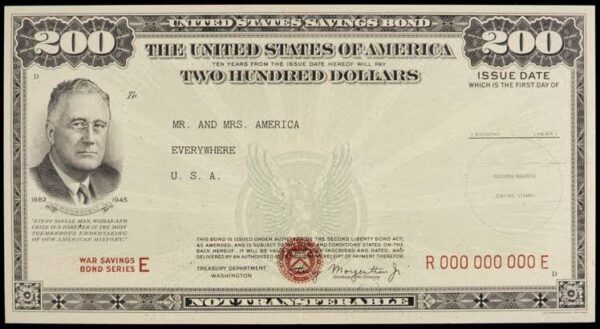
Savings bonds could be useful for a portion of your emergency fund. However, there are several significant disadvantages to using them as a safety cushion.
You cannot cash a savings bond for a year after purchasing it. In addition, while savings bonds pay interest, you must forfeit three months of earnings if you cash in the bond within five years of purchase.
Your Roth IRAs Could be a Good Place to Get Your Emergency Fund

Roth IRA can be the best place to keep an emergency fund because it is well-suited for young professionals in their 20s and 30s.
So, Roth IRAs offer tax-free growth and the opportunity to take advantage of your company match. “You’ve got a guaranteed return on your account,” says Weade, “and not using it is a gap in planning.”
Other perks include better rates of return and the fact that there’s no required minimum distribution or amounts that the owner must withdraw annually starting with the year they turn 70 ½.
You can learn the difference between ROTH IRAs and 401K to know more about how IRAs work and which one is right for you for other savings like retirement savings.
How to Rebuild Your Emergency Fund

If you’ve depleted your savings, it’s time to think about how to replenish your emergency fund. However, building the fund to cover three to six months of expenses will take time.
This is the amount frequently recommended for emergency funds — but if you develop good saving habits, you can get there in a year or so. So here are some ideas to help you rebuild your savings.
Start small with your emergency fund: You won’t be able to replace the money you use all at once. However, it is acceptable to begin small. Determine how much you can contribute each week — even if it’s only $5.
Increase your savings rate: As your finances stabilize, look for ways to increase your savings rate. For example, if you find a new job, you may be able to accelerate your contributions. First, however, make it a goal to gradually increase the amount you set aside.
Make it automatic: Set up automatic transfers to eliminate the need for you to think about it. For example, regular transfers can help you start rebuilding your emergency fund without remembering to do so.
Use windfalls: Apply windfalls to your emergency fund to accelerate your savings accumulation. For example, if you get a tax refund, a bonus at work, or any other unexpected money, put some of it into your emergency fund.
Emergency Fund vs. Savings
Savings are funds set aside in a separate account for use in a variety of situations.
Saving can be done to prepare for a specific goal, such as a trip or a new car, or it can be done simply to save.
On the other hand, emergency funds are monies that, as the name indicates, are put aside specifically for use in the event of an emergency. It is money that is set aside and ready to be used in the event that a situation arises.
Where to Stash Your Emergency Fund
As soon as you have a goal in mind, the next step is to look for a savings account that offers a rate of interest compared to other market accounts.
A savings account is the ideal way to keep your money aside for unexpected expenses. It makes getting cash when you need it possible and quite convenient.
And since it offers a greater interest rate than other savings accounts, a high-yield savings account will assist you in increasing your savings balance.
How to Build an Emergency Fund
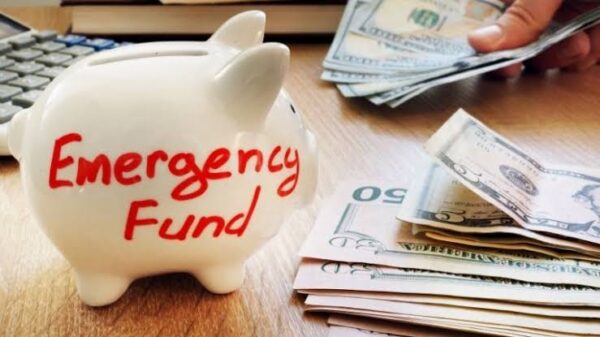
Initially, aim for one or two weeks’ worth of living expenses rather than three months’ worth, and begin with a small initial investment.
You won’t have to worry about your finances being tight, which would give you an excuse to stop saving. Keeping money safe and secure is as simple as putting it somewhere you won’t have to see it or think about it.
Most businesses now use direct deposit, and some will even allow you to deposit funds into multiple accounts.
However, remove budget busters that hinder savings, and don’t let complacency lead to a relapse into old spending habits if you’ve developed the habit of saving money.
Giving up buying new shoes every month to begin a new monthly shopping habit a few months later doesn’t save you anything.
Good Read: How to Conquer 10 Causes Of Overspending
Bottom Line
If you’re struggling to build an emergency fund, it can help you find an appropriate place to store it. For example, if you keep your fund in a savings account, there’s an incentive not to touch it because withdrawals from these accounts are frequently restricted.
When savings are kept separate from funds for everyday spending, it is also easier to track savings progress. Avoid putting your money for a rainy day into high-risk assets like the stock market so that you may maintain the safety of your emergency fund.
Choose low-risk options that nonetheless provide a guaranteed return so you won’t have to worry about putting your hard-earned money in danger.
Suppose you have some additional money set aside for times of crisis. In that case, it will be easier for you to take steps for financial freedom, deal with unanticipated costs, and maintain your overall financial well-being.
Frequently Asked Questions
Q: Which is the best place to save your emergency fund?
Consider these four distinct accounts that provide simple access and perks when determining where to put your emergency cash. Accounts with a high yield. Sunny days are ideal for putting money down for a rainy day. Accounts for money market.
Q: Where is the best place to put my emergency savings?
When shopping around for an account for your emergency savings, three important characteristics to look for are low risk, high yields, and liquidity. You don’t want to keep emergency savings in stocks and bonds, where there’s a risk of losing that money. It’s also a good idea to avoid keeping it in CDs, since if you need to withdraw the money, there may be a high penalty fee. Instead, money market accounts and high-yield savings accounts are generally the best places to put emergency savings.
Q: How do you build an emergency fund?
There are many ways to save each month and build an emergency fund. The first step is to make a monthly budget. This can help you determine how much your living expenses are and where you can find room for cutting back in certain areas and saving more. Next, you’ll want to contribute to your emergency fund little by little, aiming to save a certain percentage of your paycheck each month and windfalls.
Q: How do I get an emergency fund?
To increase your emergency savings, consider finding new ways to save. Some ways to start saving money right away include canceling unnecessary subscriptions, switching to a higher-yielding bank account, selling used items, and automating savings.
You can get an emergency fund from your salary, savings, or extra cash from a side hustle. Instead of setting one enormous savings goal, choose many more manageable ones. Put yourself in a position to succeed right from the beginning.
Q: What is considered an emergency fund?
An emergency fund is a cash reserve, especially for unforeseen costs or financial crises. Car repairs, house repairs, medical expenses, or lost wages are typical examples.
Q: What is a good amount to have in an emergency fund?
The amount you should set aside for emergencies depends on your lifestyle, monthly spending, income, and dependents. However, as a general guideline, you should save enough money to cover your expenses for three to six months.

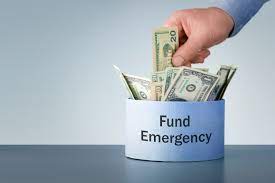
![The Top Four Resources for Financial Literacy [2023]](https://paypant.com/wp-content/uploads/2024/06/The-Top-Four-Resources-for-Financial-Literacy-2023-768x512.jpg)
